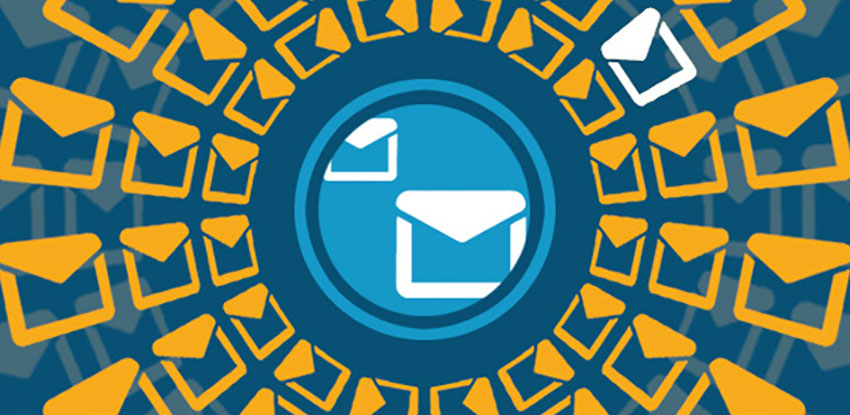Junk mail, unfortunately, is a fact of life anymore. But have you noticed an increase in junk mail from charities since your last donation? That’s not a coincidence.
If you opened any of those emails—you’re excused if you immediately deleted them—you may have noticed something interesting: The organizations probably bore a close resemblance to the charity you donated to.

Charities rely on donors like you to raise the necessary funding for carrying out their missions. It’s a challenge during the best of times. What makes it even more difficult is that donors aren’t all that loyal. The average donor retention rate is around 50%, which means that for every two people who support a charity’s cause this year, only one of them is likely to make another donation next year.
That creates a relentless work cycle for marketing and fundraising staffs. While they’re not exactly starting from scratch each January, they are expecting to lose the attention (and support) of half the audience they just worked so hard to win over, all while their revenue goals and the charity’s programming continue to grow.
Why it’s happening
One of the most common coping strategies is selling, buying, and renting donor lists. The nonprofit world believes that the typical donor has one, maybe two, causes they’re passionate about. Under that belief, it makes sense to reach out to those who’ve supported organizations similar to their own.
When a nonprofit rents a list of active donors, the process is usually mediated by an outside party, meaning the nonprofit renting the list never sees the names and addresses.
If this news is unnerving, there is a way to verify beforehand whether a charity participates in selling, buying, or renting donor lists. Charity Navigator, an objective evaluator of 1.8 million nonprofits, requires that charities publish their donor privacy policy on their sites and marketing materials. Whether a charity sells, buys, or rents donor lists also factors into its rating.
What you can do about it
How can you limit the amount of junk mail you’re already receiving from charities? Here are a few tips:
Start with the charity you donated to. Contact the charity and let it know your plans to donate in the future (monthly, quarterly, annually). Most will welcome the call because they’d, of course, prefer to have a dependable donor that doesn’t need to be reminded. It makes their fundraising that much more efficient.
Don’t make lots of small donations to different charities. We applaud your generosity, but with each donation to a new charity, you increase your exposure—and the likelihood that you’ll end up on a list. Instead, focus your giving on one or two charities, and become intimately familiar with their privacy policies.
Go off the grid. The Data & Marketing Association maintains a list of people who don’t want to receive certain types of unsolicited mail and email, including charity appeals. There’s a $2-processing fee, and you’ll still need to contact any organizations you’ve donated to in the past to update your communication preferences, but registering should effectively end the onslaught.

